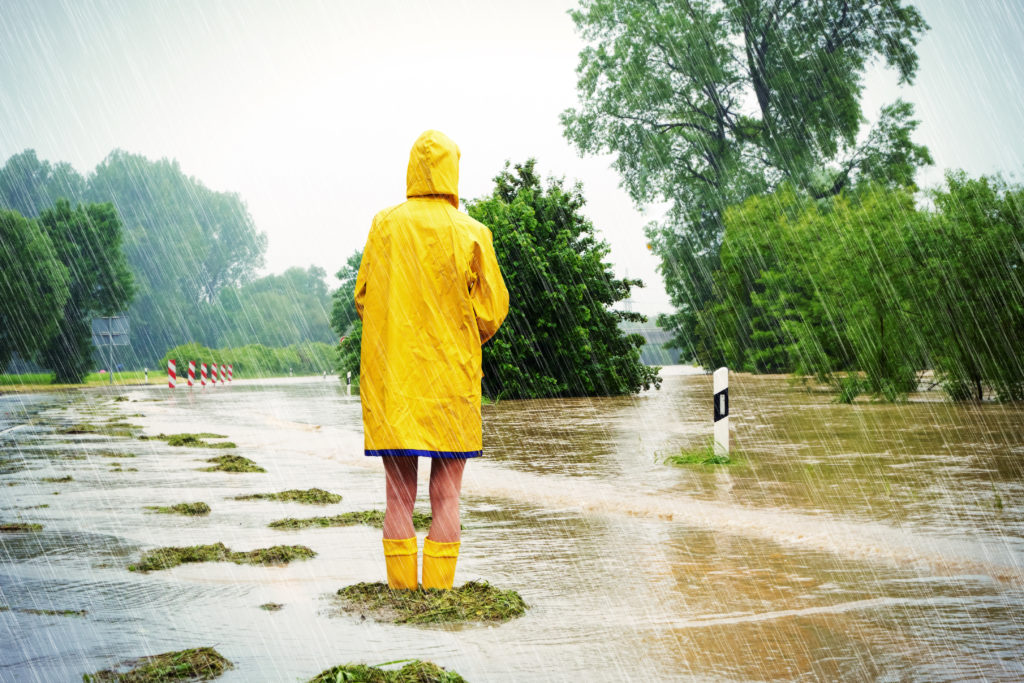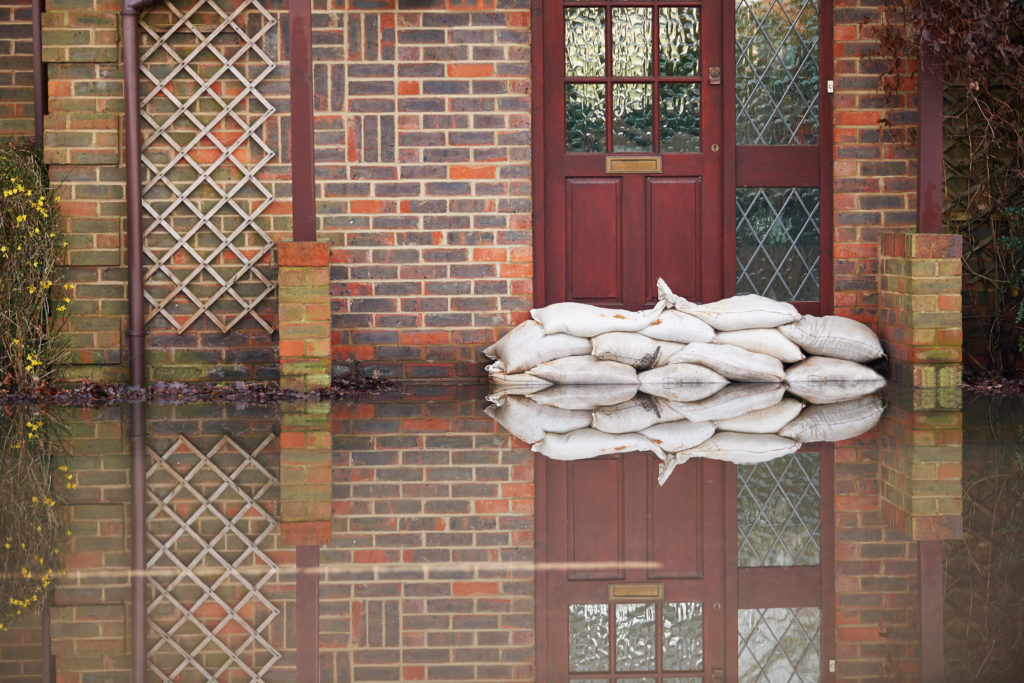Flooding is the most common and expensive natural disaster, but few businesses and homeowners are adequately prepared and insured. In a recent statement from the NOAA (the National Oceanic and Atmospheric Administration) it estimated that almost 50% of the United States is at risk for spring flooding. Take steps now to make sure you are protected from damage caused by flooding.

What is Flood Insurance?
Flood insurance covers losses directly caused by flooding. In simple terms, a flood is an excess of water on land that is normally dry, affecting two or more acres of land or two or more properties.
Is Flood Insurance included in my homeowner’s policy?
Flood insurance is separate from Home or Property insurance. It is written by the National Flood Insurance Program(NFIP) and administered by FEMA. The NFIP has an arrangement with private insurance companies to sell and service flood insurance policies. Flood coverage is separate because floods are expensive for insurers to cover in a standard policy while keeping premiums affordable. Floods are extremely costly and very common in flood-prone areas. It typically takes up to 30 days for a policy to go into effect, so the time to buy is well before a disaster.
What Does Flood Insurance cover?
There are two types of flood insurance, Building Coverage and Content Insurance.
Building Coverage covers:
- Electrical and plumbing systems
- Furnaces and water heaters
- Refrigerators, cooking stoves, and built-in appliances like dishwashers
- Permanently installed carpeting
- Permanently installed cabinets, paneling, and bookcases
- Window blinds
- Foundation walls, anchorage systems, and staircases.
- Detached garages
- Fuel tanks, well water tanks and pumps, and solar energy equipment
Content Insurance Covers:
- Personal belongings such as clothing, furniture, and electronic equipment
- Curtains
- Washer and dryer
- Portable and window air conditioners
- Microwave oven
- Carpets not included in building coverage (e.g., carpet installed over wood floors)
- Valuable items such as original artwork and furs (up to $2,500)
Do I Need Flood Insurance:
If your property is located in a higher-risk flood zone, your lender may require it. Flood insurance is also available if you are not in a high-risk flood zone, and property owners may be eligible to purchase the coverage at lower-cost preferred rates. Even if the property isn’t in a flood zone, it may be wise to carry the coverage.
Contact us today if you are covered for flood, and don’t forget to update your building and contents values annually.
Here are some precautionary measures you can take to prevent spring flooding from causing damage to your home or business:

1. Direct water away from structures, expand stormwater cache systems and have sand bags at the ready.
2. Store goods a minimum of 8 to 12 inches above historic flood heights.
3. Have an evacuation plan in place.
4. Do a structural and site survey to evaluate year-round weather-related stressors like the weight of snow and ice, storm surge, surface water flooding, mud slides, and dam breaks/levee failures.
